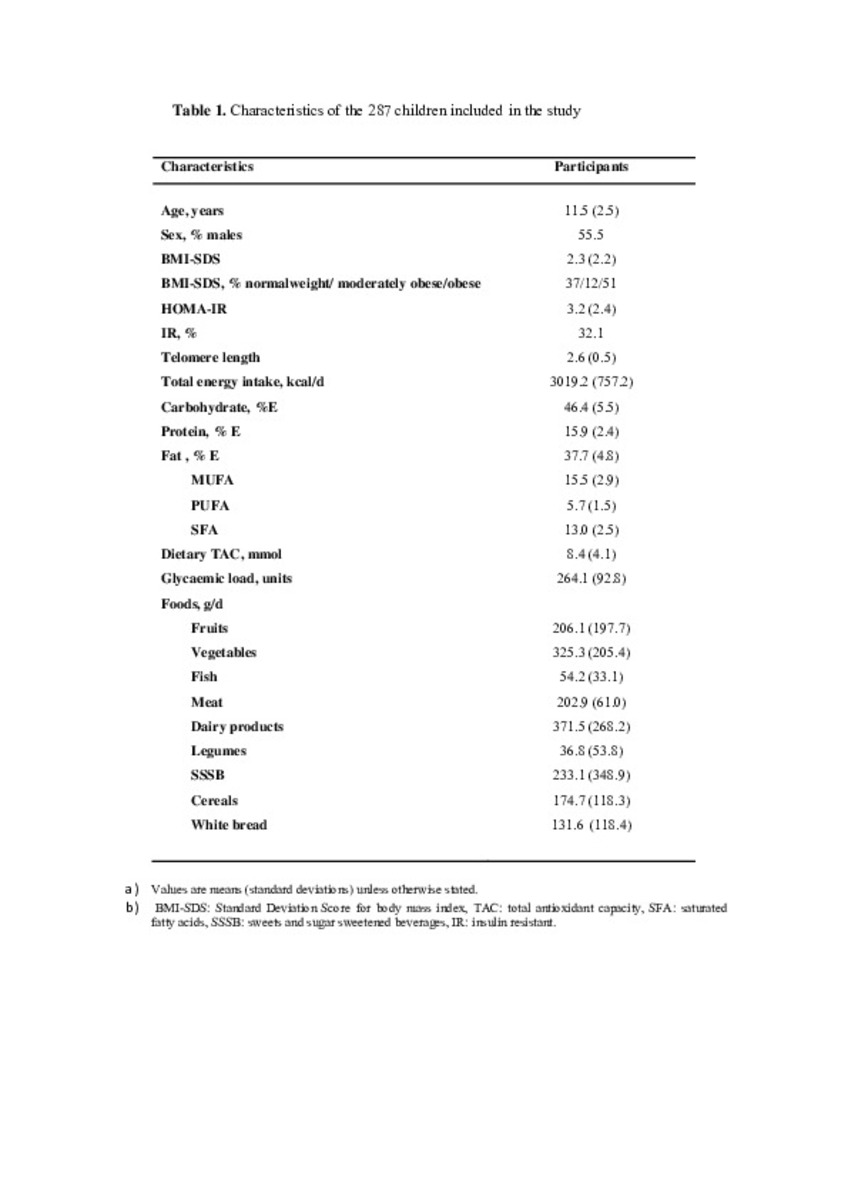Dietary total antioxidant capacity is associated with leukocyte telomere length in a children and adolescent population
Palabras clave :
Young population
Telomeres
Oxidative stress
Diet
Antioxidants
Fecha de publicación :
2014
Proyecto:
Research relating to this work was funded by grants from Línea Especial, Nutrición, Obesidad y Salud of the University of Navarra (LE/97), the Spanish Government (FIS-ISCIII: PI050976, PI070240, PI081943, PI1002293, RTIC 06/0045, Centro de Investigación Biomédica en Red Fisiopatología de la Obesidad y Nutrición, CNIC/06, SAF-2010-20367) and the Government of Navarra (PI41/2005, PI79/2006, PI36/2008, PI54/2009).
Cita:
García-Calzón S, Moleres A, Martínez-González MA, Martínez JA, Zalba G, Marti A. Dietary total antioxidant capacity is associated with leukocyte telomere length in a children and adolescent population. Clinical Nutrition
Aparece en las colecciones:
Estadísticas e impacto
0 citas en

0 citas en

Los ítems de Dadun están protegidos por copyright, con todos los derechos reservados, a menos que se indique lo contrario.













